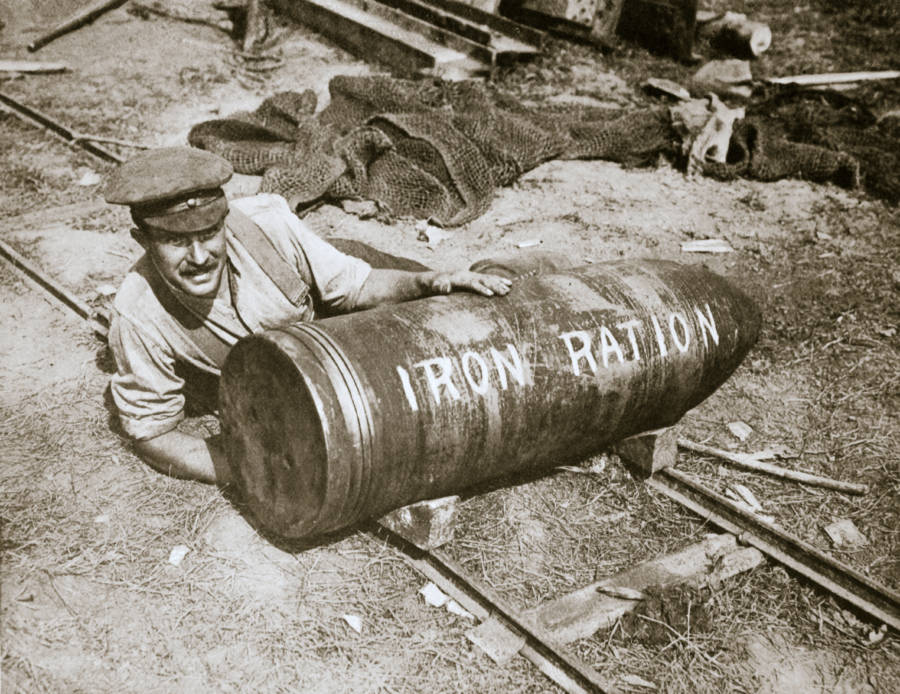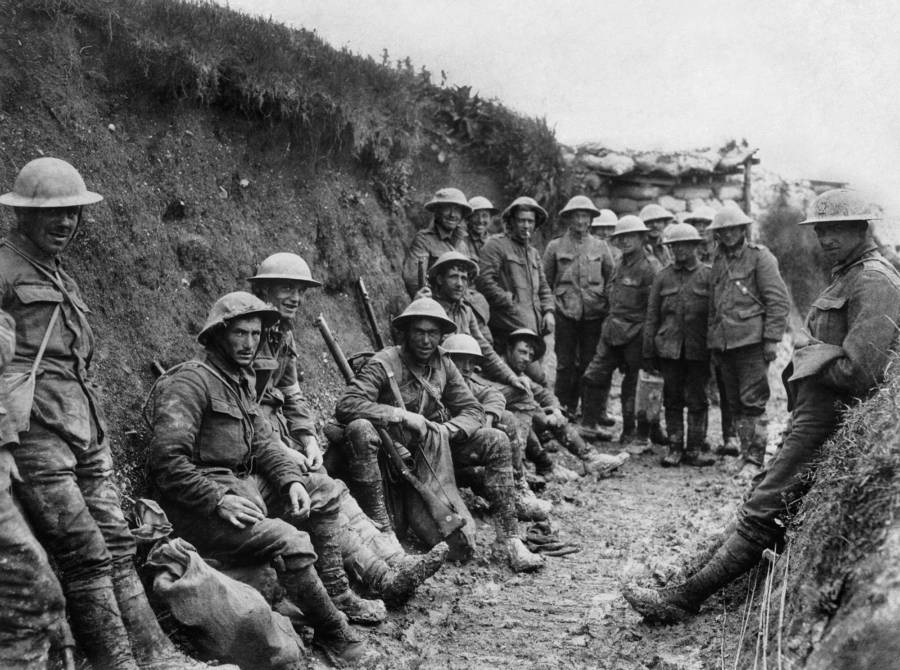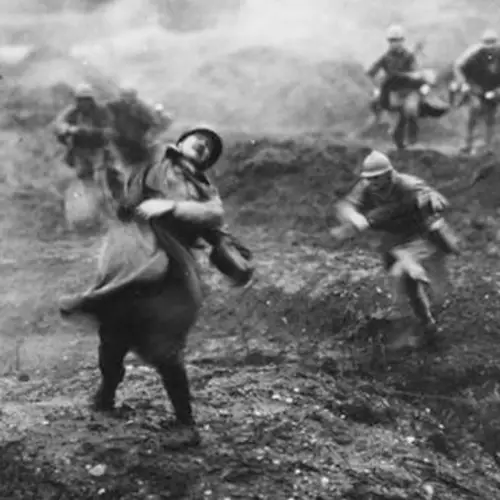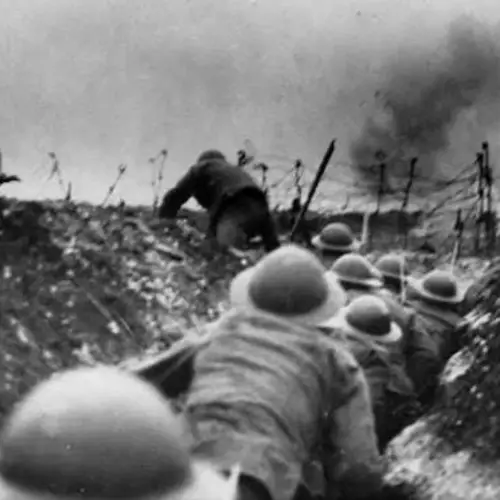In what would be one of the deadliest battles in human history, a million soldiers lost their lives at the Battle of the Somme as the British and French tried to unsuccessfully hasten the end of World War 1.
By the end of 1915, World War I had consumed the globe for nearly one and a half years. Most of that time was spent in a stalemate between enemies. The long and deadly gridlock had prompted leaders from the allied nations to come together for several conferences to coordinate their efforts and work together to finally end the war and defeat the Germans.
Then in July of 1916, British General Sir Douglas Haig joined forces with French commander General Joseph Joffre to launch a major Franco-British combined counter-offensive known as the Battle of the Somme with the hopes of retaking lost ground.
The Somme offensive lasted for four months and would become both one of the brightest and darkest times in British military history. By the end of the battle, more than one million soldiers would be killed or wounded from the fight and the British would ultimately fail to make much ground, but it would at least spell the beginning of the end to the Great War.
Leading Up To The Battle Of The Somme
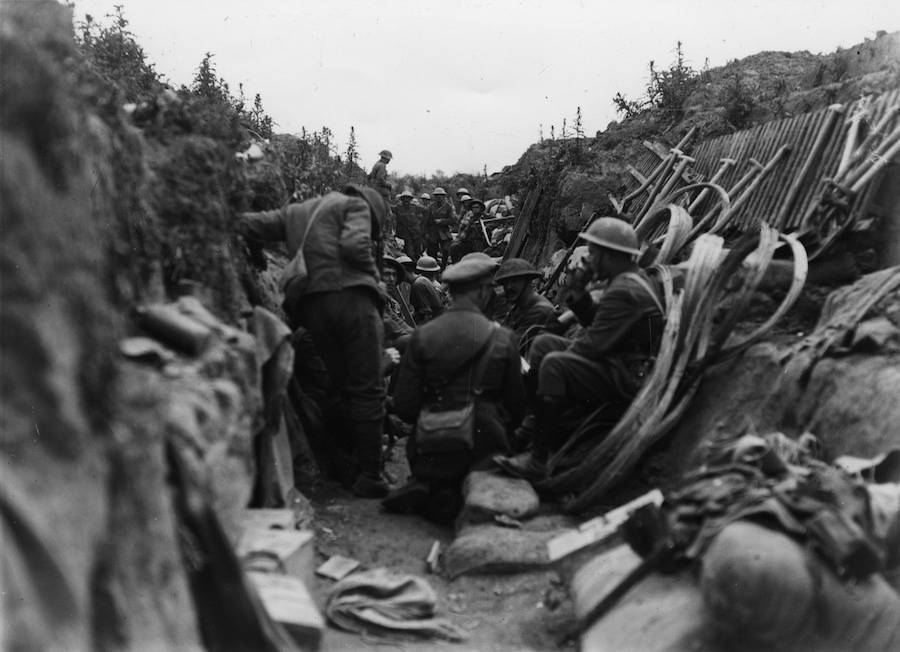
Robert Hunt Library/Windmill Books/UIG via Getty images
British General Sir Douglas Haig, who was in command of the British Expeditionary Force, launched the joint British and French attack on the Somme river months ahead of his preferred plan because of the precarious state of the French army at Verdun. By some accounts, Haig had preferred not to attack on the Somme at all but instead planned to attack in Flanders later in the same year.
But because of France’s heavy losses strategies had to be changed. Even with the revised strategy, Haig had wanted to wait until the end of summer to begin his efforts in the battle of the Somme and give his forces more time to train and prepare. But the situation at Verdun, which stretched over 10 months, was dire.
In his personal papers, Haig wrote about the pleas for help he had received from France’s General Joseph Joffre.
"The French had supported for three months alone the whole weight of the German attacks at Verdun... If this went on, the French Army would be ruined. [Joffre] therefore, was of the opinion that the 1st July was the latest date for the combined offensive of the British and French," the British general noted.
French General Joffre had even allegedly shouted at the British officials during a joint meeting, that "the French Army would cease to exist" under their losses at Verdun if much more time passed without receiving help.
After much discussion and pressure from French leaders, it was agreed that July 1, 1916, would be the key date to launch a combined attack of British and French forces against the Germans in the battle of the Somme.
The downside to the planned Somme attack, which was going ahead much earlier than Haig had anticipated, was that the British troops he took into battle were hardly trained.
Compared to France's troops, which underwent compulsory service requirements prior to the war, England's soldiers were amateurs. But what they lacked in combat training they made up for in numbers. As late as 1914, the British army stood at about 250,000 soldiers. By the time the Somme offensive kicked off, the number of British troops in battle had swelled to over 1.5 million.
An interesting fact about the battle of the Somme is that the British army consisted of a mix of trained soldiers combined with entirely volunteer units. Some of these voluntary troops were assembled in the so-called "Pal’s Battalions," in which groups of friends from the same town or region would enlist, train, and fight together. This approach was key to rapidly grow the British military.
In addition to British forces from the United Kingdom itself, the combined effort in northern France that converged on the Somme included units from across the broader British empire, namely from Canada, New Zealand, South Africa, and India.
The Bloodiest Battle In The Great War
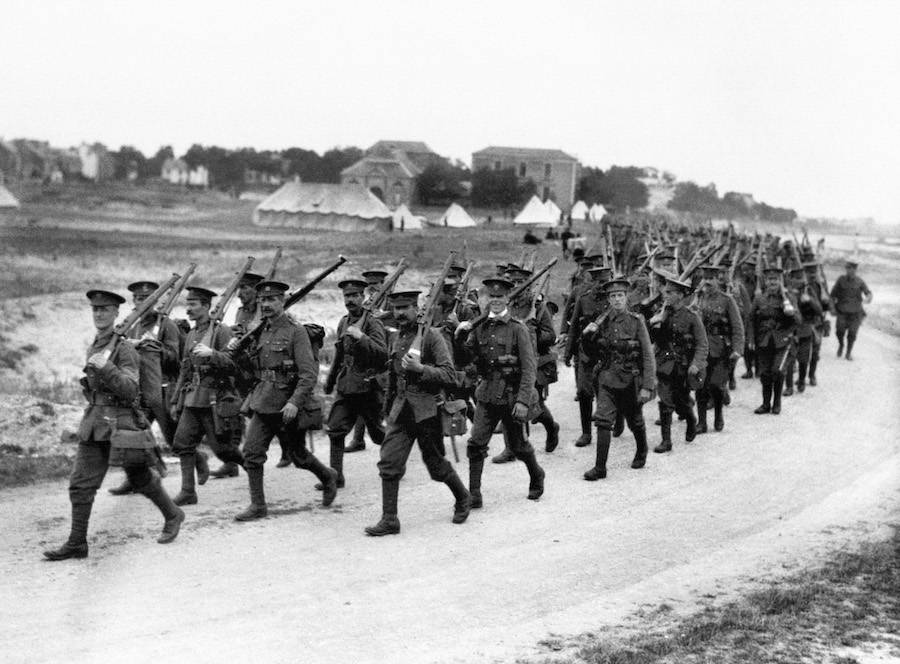
PA Images/Getty ImagesBritish infantrymen on the march.
July 1, 1916, remains the single bloodiest day in the entire history of the British armed forces. It was the day that the battle of the Somme was launched by the Somme river in France from the combined forces of Britain and France.
The conflict began with a heavy pour of gunfire. Artillery rained on the Germans relentlessly until precisely 7:30 a.m. — the hour set for the Franco-British attack.
Then, the heavy guns shifted their ranges to fire further back into German territory and 100,000 men from General Lord Rawlinson’s Fourth Army went "over the top" of their trenches to cross the territory to the German front line, which they believed would surely be crushed by the week-long artillery barrage.
But the Germans, now seasoned in their defensive tactics, had dug in deep. Their lines were strengthened by underground bunkers that the allies believed would be crushed by the artillery, but many of the bunkers held and the Germans were ready to fight.
When the artillery changed targets and the infantry rush began, German machine gunners were still alive and ready to receive the attack.
While a few Franco-British units reached their objectives, particularly the more veteran French units, as a whole the army could not advance much and the units that did advance further found themselves isolated. The bloodiest day in British military history gained an extra three square miles of land for the allied forces.
Historians record that after the first day of the battle of the Somme, many British commanders were horrified by the losses and intended to abandon the attack. But Haig, with the impending destruction of the French army at Verdun in his mind, felt that the effort had to continue.
Britain could not win the war alone and the urgent pleas from Joffre and French Generals Petain and Nivelle who were mired in Verdun made it clear that France would be lost if the Germans were able to concentrate all their strength there.
By the end of the first day at Somme, 57,000 British soldiers had become casualties of war while 19,240 were dead — a shocking loss of nearly 60 percent of the attacking force.
Facts About The Battle Of The Somme: The Death Toll
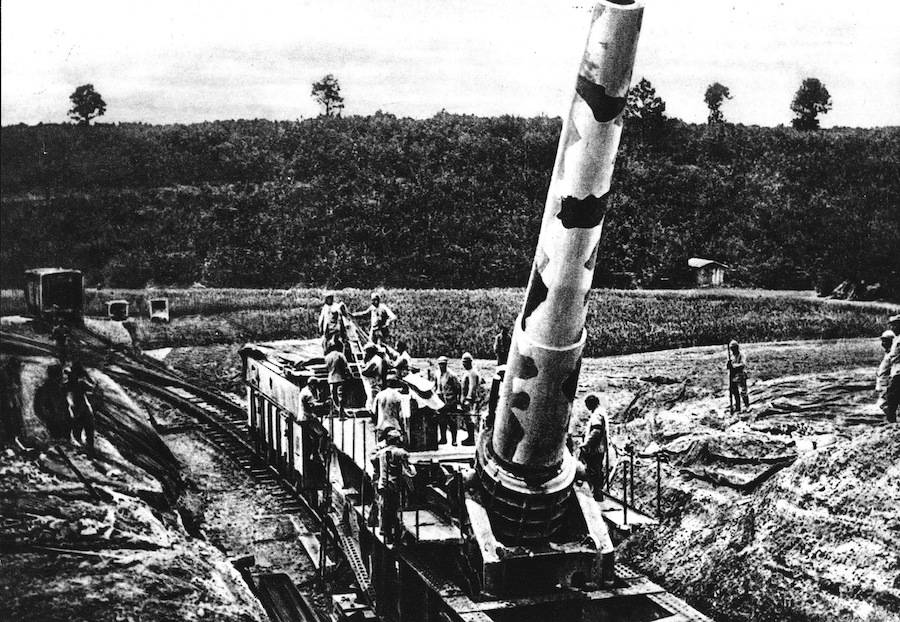
ullstein bild/Getty ImagesFrench forces at the Somme.
The British suffered approximately 420,000 casualties—including 125,000 deaths, while French casualties numbered about 200,000 and for the German army about 500,000.
One important fact about the battle of the Somme is that major new technologies were introduced here, including the first use ever of tanks in combat.
The riverfront battle also marked the first American death of World War I, although the U.S. would not join the war until much later in 1917. Harry Butters who was killed by artillery at the Somme, left America and joined the fight on his own, joining the British Army and serving as a line officer there.
British Prime Minister Winston Churchill himself had heard the story of Butters and invited the young lieutenant for a personal dinner inside his bunker, where Butters confessed that he had joined the war by lying about his place of birth and pretending to be British born so that he could join.
Churchill later wrote a memorial to Butters in the London Observer: "We realize his nobility in coming to the help of another country entirely of his own free will."
For all the bloodshed of the campaign, the maximum advance of the Franco-British forces during the fight was no more than six miles into German territory. The conflict ended without a clear victory as did so many battles during that war, and the commanders, particularly General Haig, would go down in history with controversial reputations.
After the war, many questioned the decisions that were made by commanders like Haig which led to the worst blood bath of British soldiers during the battle of the Somme.
The battle at the Somme ended simply after Haig had decided that his troops had seen enough action and called a cease-fire to any further attacks in the area. The Germans, equally exhausted and devastated by heavy casualties, did not pursue.
When it comes down to it, however, German forces were halted. The battle of the Somme had severely depleted British forces but it also put a heavy toll on German units and resources, much of which had been detracted from their troops at Verdun.
Most importantly, the Somme campaign had at least succeeded in saving what was left of the French army in the south.
The surviving British soldiers emerged as hardened veterans with a new understanding of the technologies of modern war and the tactics to put to use towards eventually winning the war two years later.
In this regard, while the cost was enormous and the outcome far from glorious, the battle of the Somme is remembered by some historians as possibly the most substantial and important "victory" ever accomplished by a British-led coalition of armies.
Notable Fighters At The Somme
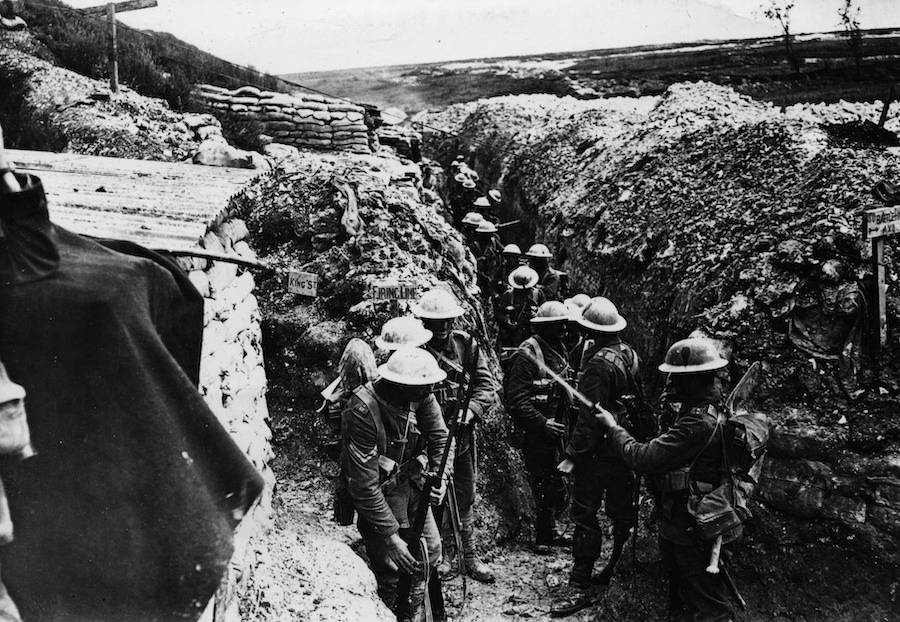
Robert Hunt Library/Windmill Books/UIG/Getty imagesSoldiers at the Battle of Somme.
While the Battle of the Somme was one of the largest and most iconic of the Great War, among the hundreds of thousands who fought there were some whose fame or infamy outlasted the battle.
Anne Frank, the young Holocaust victim whose diary outlived her, is known across the world now for her journal, which described in harrowing detail life as a Jew in Nazi-controlled Germany. What is less known is that her father Otto Frank fought for the German army in World War I and took part in the Battle of the Somme.
Frank was drafted into the German Army in 1915 and served on the Western Front and eventually received a promotion to Lieutenant. Frank then fought on the same side as another young German soldier whose name will forever be linked to the Frank family’s memory: Corporal Adolf Hitler — who was injured during the battle.
The stark violence at the Battle of the Somme also left its mark on literary giant J.R.R. Tolkien. Another interesting fact about the battle of the Somme is that a few experts believe that memories of the war-ravaged battlefields there were crucial in the creation of Tolkien's legendary Lord of the Rings epic.
In fact, drafts of his literary masterpiece were written "by candle light in bell-tents, even some down in dugouts under shell fire."
Tolkien served for four months as a battalion signals officer with the 11th Lancashire Fusiliers in Picardy, France. Inspired by the heroism he saw among his comrades on the battlefield, the New York Times wrote that the Hobbits in his books were "a reflection of the English soldier," made small of stature to emphasize "the amazing and unexpected heroism of ordinary men 'at a pinch.'"
A lot of lives were lost during the fight on the Somme, but their sacrifices will continue to be remembered long after they have gone.
Now that you've taken a look at these photos and facts about the Battle of the Somme, read about the battle of the Alamo. Then, discover 31 remarkable photos from the World War I trenches.



